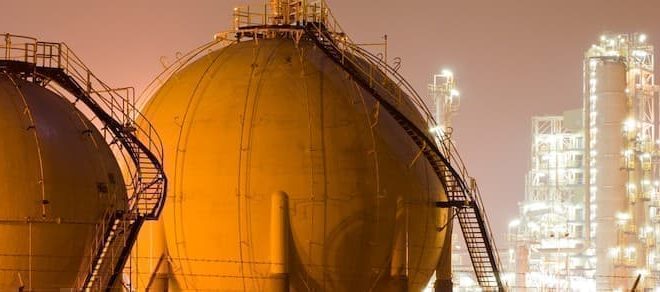US natural gas futures fell over 2% on Thursday, following a 3% decline in crude futures related to worries about ongoing coronavirus demand destruction despite a report showing a smaller-than-usual weekly gas storage build that was in line with estimates.
That price drop also came as gas output slowly rises and liquefied natural gas (LNG) exports slowly fall, despite forecasts for hot weather and high air conditioning demand over the next two weeks.
The US Energy Information Administration (EIA) said US utilities injected 56 billion cubic feet (bcf) of gas into storage during the week ended July 3.
That is close to the 58-bcf build analysts forecast in a Reuters poll and compares with an increase of 83 bcf during the same week last year and a five-year (2015-19) average build of 68 bcf for the period.
Front-month gas futures fell 4.5 cents, or 2.5%, to settle at $1.779 per million British thermal units.
Refinitiv said production in the Lower 48 US states averaged 88.1 billion cubic feet per day (bcfd) so far in July, up from a 20-month low of 87.0 bcfd in June but still well below the all-time monthly high of 95.4 bcfd in November.
As the weather heats up, Refinitiv forecast US demand, including exports, will rise from 89.2 bcfd this week to 90.7 bcfd next week.
Pipeline gas flowing to US LNG export plants averaged just 3.1 bcfd (32% utilization) so far in July, down from a 20-month low of 4.1 bcfd in June and a record high of 8.7 bcfd in February. Utilization was about 90% in 2019.

 Iran Energy News Oil, Gas, Petrochemical and Energy Field Specialized Channel
Iran Energy News Oil, Gas, Petrochemical and Energy Field Specialized Channel



